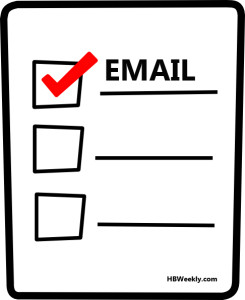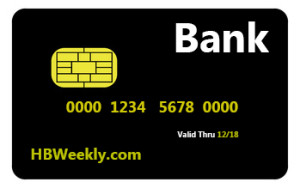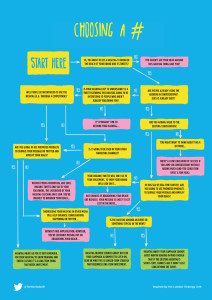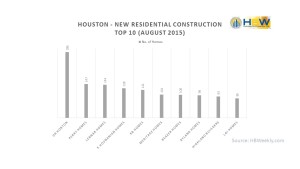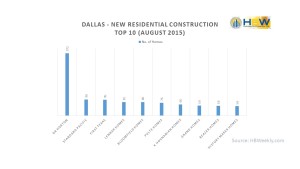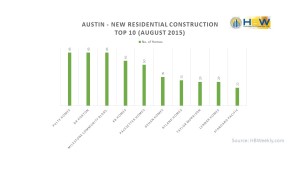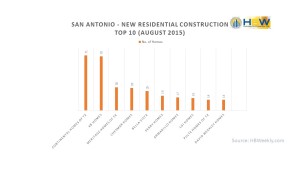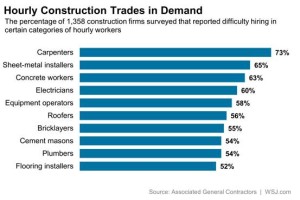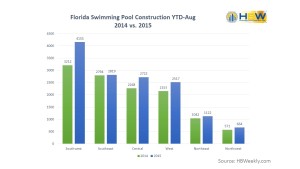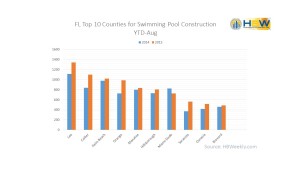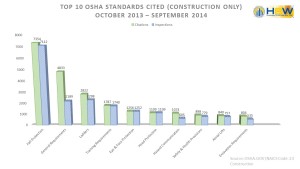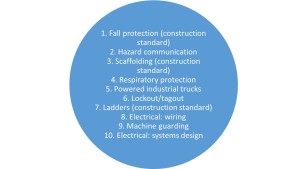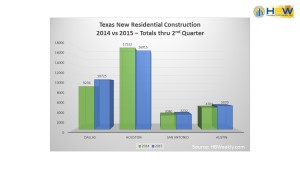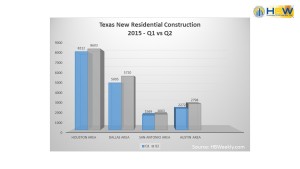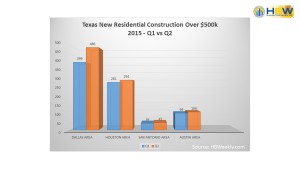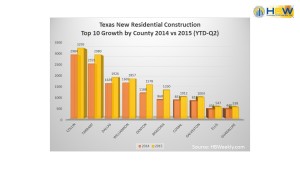“You never get a second chance to make a first impression.” Many have been credited with this quote, from advertisements to great authors. It rings true with our personal and business relations and is the case with our business presentations. Let’s face it – some first impressions are simply better than others. Some leave you thinking while others are easily forgotten. Whether you are a keynote speaker or presenting to a potential client, a powerful presentation can make the difference between a signed and unsigned contract.
When you finally make contact with your HBW leads and have a chance to open the door, you should be ready to put your best foot forward. From PowerPoint to SlideShare, here are some things to keep in mind when developing your next presentation that will help you go from the mundane to the amazing with just a few easy tweaks:
- Use a Guide – When presenting to a group, don’t rely on memory or improvisation. It is simply unnecessary to put that level of pressure on yourself. Have the guide broken down by slide (in order) and as an extension of the points presented on the slide itself. The guide should be for your use only; do not provide it as a handout. The guide and the details should remain with you, while the basics/outline should be in the presentation.
- Sell Them – The purpose of your presentation is to engage and sell the audience. You may be selling an idea or service; either way, it is a sell and should include information of interest. Think about when you are buying a car… What gets you in the door of the dealership? Is it the flashy commercial or the 50-page guide about its functions? Most likely, your attention is initially taken by seeing the car on the road or the 30-second teaser on TV. Once you get to the dealership, you take it for a test drive and then get down to the nitty-gritty. My point is that you want to grab attention with key information of interest, not information overload. What services or product features are most important to your audience? Highlight and emphasize them.
- Keep it Sleek – A crowded slide is a distraction. It distracts the audience from you and your message. Think minimalist when designing your slide. Include images (1-2 per slide) and/or video when it strengthens the message, not just to add visuals. Your images should be professional and help convey an idea; avoid cartoons and low-grade images. Your presentation should not serve as a teleprompter where you are simply reading to the room. Instead, your slides should reflect key concepts and a broad view of the content you will be discussing. Infographics and smart art can be helpful visuals as they serve both the purpose of being eye-catching and informative.
- Incorporate Your Brand – Your slides should reflect your company’s unique style and brand. Slide design, color and layout should be consistent and aligned with your image and other promotional materials, especially those that will be distributed on-site. If you put your brochures, flyers, website and presentation on one table, you should see no major difference; they should look similar and use similar terminology, keywords and taglines. Company focus and description of services should be parallel across all media and materials.
- Animate – Use animations and transitions, but be careful not to overdo it. Just as with images, animations are to be included only if they have a definite purpose and function. For example, you may use them to make an impression when beginning your presentation or for separating sections, but don’t just go from spin to dissolve because you have the option. If you are looking to grab attention or make an impact with a more intricate transition or animation, consider using it in the beginning or end of presentation.
- Factor in Time – According to a recent article in Time, a new study from Microsoft indicated that the average attention span of an adult is now 8 seconds. Just 8 seconds! Thanks to our highly digitized world, you have very limited time to make an impact. Short attention span aside, you must also follow the schedule provided. If you have 30 minutes to give a presentation, stick to 30 minutes. Don’t run over even if you skip something and feel that it must be presented. Offer materials and one-on-one discussions after your presentation. Going over the allotted time can make you come across as disrespectful rather than thorough. Stick to the schedule and build time into your presentation for potential delays and Q&A.
- Proofread – Once you proofread your slides and guide, have someone proofread for repetition and spelling errors. Although your slides will follow the “Keep it Sleek” rule in #3 above, the few words listed should make sense and be grammatically correct. Having a second set of eyes is useful since self-editing can be tricky. When we are too familiar with the content, it is easy for us to skip over errors. Also, don’t rely on automated spell-check, as words that are spelled correctly like “to” and “too” will fly under the radar and not be flagged for improper use. If you are the only one proofreading, make it a habit to review it in three separate sittings, reading it both aloud and silently.
- Practice – We’ve all hear it – practice makes perfect. Practice and practice again. Run through the presentation, from content to timing with slides and animations. The slides should complement and strengthen the speaker, and the speaker should strengthen the slides – they work in unison. If you can, have someone listen to you; an outside perspective can be very helpful. The success of the presentation will depend on your ability to capture the audience and keep their attention. Try to have it down so well that you are no longer reliant on notes and don’t appear to be reading a script. Your notes should only serve as a guide (see #1).
- Have a Call to Action – Your presentation has a purpose. If you are meeting with an HBW lead, you are there to secure a client. If you are a keynote speaker, you are there to educate and establish yourself as a resource. Either way, there should be follow-up and a call to action. Your final slide should have all pertinent contact information. Don’t leave without closing. Have a solid understanding of the next steps, a commitment to a date or future deliverables.
- Have Fun – Too often we can become monotone or simply get tired of the same material and presentation. Remember that the people on the receiving end are hearing it for the first time, so keep it lively, engaging and fun. Some of the more obvious points would be to avoid a monotone voice or dragging on one concept for too long. Some of the less obvious but effective efforts include interacting with the audience, asking questions and examples from them. You may also consider having a break time for longer sessions and interactive activities that keep the group interested.
While fresh ideas, engaging material and sleek slides can grab attention, it is up to you, the speaker, to reach your audience with proper timing and material that caters to their needs and interests. Powerful presentations don’t just increase the likelihood of your HBW lead becoming a client; they serve as a powerful tool in standing out and ahead of your competition. Once you have the perfect presentation, revisit and revise it throughout the year so that it reflects the latest in the industry and your business.


